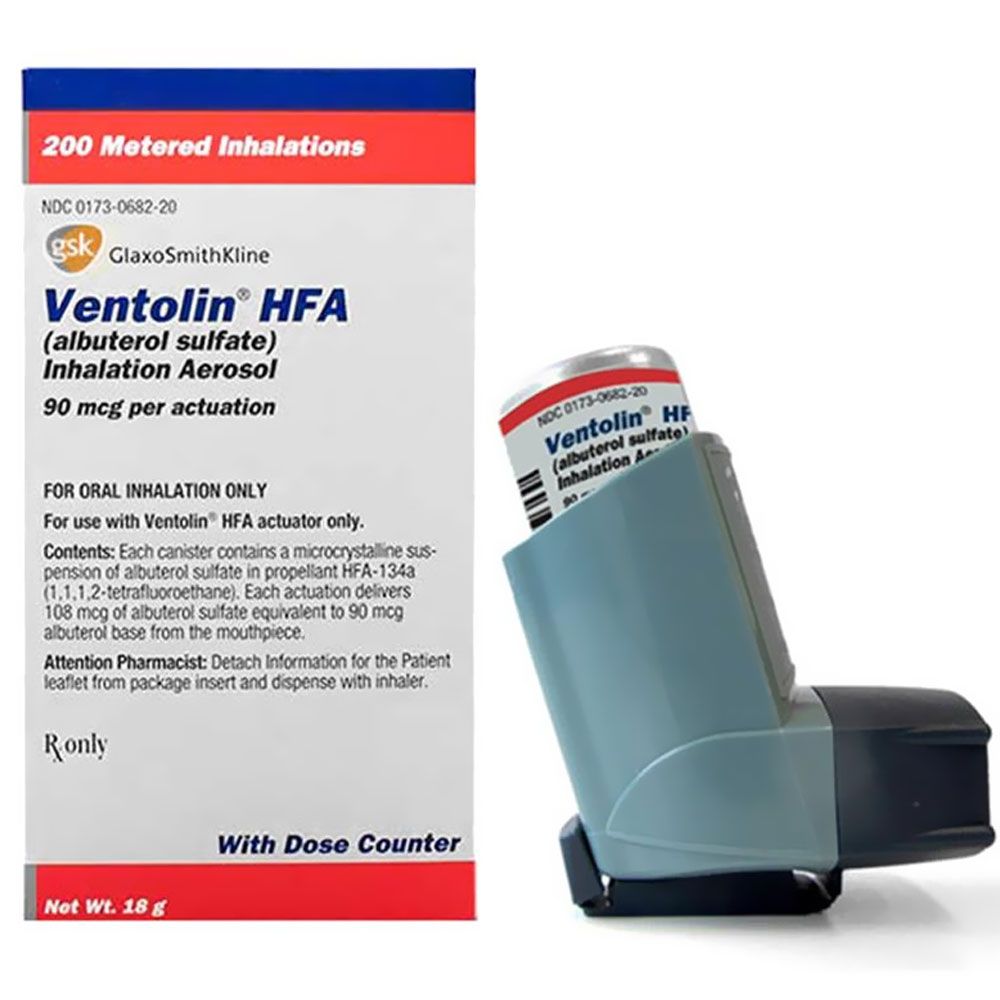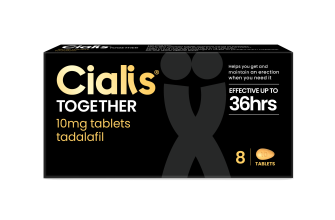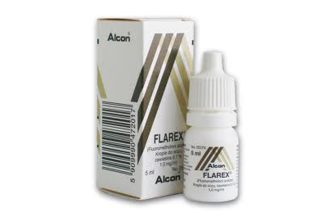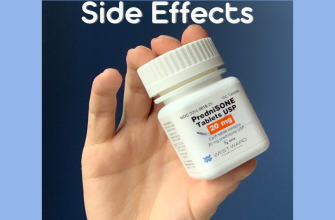Use Ventolin exactly as prescribed. Incorrect usage can hinder its effectiveness.
- Understanding Ventolin
- Proper Inhalation Technique
- Common Side Effects
- When to Seek Medical Attention
- Storage and Disposal
- Interactions with Other Medications and Potential Risks
- Beta-Blockers: A Significant Interaction
- Monoamine Oxidase Inhibitors (MAOIs): Exercise Caution
- Other Medications to Note
- Managing Potential Risks
Understanding Ventolin
Ventolin (salbutamol) is a short-acting bronchodilator. It quickly relaxes airway muscles, relieving wheezing and shortness of breath. This effect typically lasts for 4-6 hours.
Proper Inhalation Technique
- Check the inhaler for proper function. Shake it gently before use.
- Exhale completely.
- Hold the inhaler correctly, placing the mouthpiece between your lips.
- Begin inhaling slowly and deeply as you press down on the canister, releasing a puff of medication.
- Hold your breath for 10 seconds, then exhale slowly.
- Repeat the process for your prescribed dose.
Common Side Effects
- Tremors
- Headache
- Muscle cramps
- Increased heart rate
These are usually mild and temporary. If side effects persist or worsen, consult your doctor immediately.
When to Seek Medical Attention
Contact your doctor or seek immediate medical attention if:
- Your symptoms don’t improve or worsen despite using Ventolin.
- You experience severe side effects, such as chest pain or rapid, irregular heartbeat.
- You need to use Ventolin more frequently than prescribed.
Storage and Disposal
Store Ventolin at room temperature, away from direct heat and moisture. Dispose of used inhalers as directed by your pharmacist or local waste disposal guidelines. Never share your medication with others.
This information is for guidance only and does not replace professional medical advice. Always consult your doctor or pharmacist for personalized instructions and to address any concerns.
Interactions with Other Medications and Potential Risks
Always inform your doctor or pharmacist about all medications you are taking, including over-the-counter drugs, herbal remedies, and supplements, before starting Ventolin. Certain medications can interact with Ventolin, potentially altering its effectiveness or increasing the risk of side effects.
Beta-Blockers: A Significant Interaction
Beta-blockers, commonly prescribed for high blood pressure or heart conditions, counteract the effects of Ventolin. This combination can significantly reduce Ventolin’s bronchodilating effects, making it less effective in treating asthma or COPD symptoms. Discuss alternative treatment options with your doctor if you need to take both medications.
Monoamine Oxidase Inhibitors (MAOIs): Exercise Caution
Using Ventolin concurrently with MAOIs, typically used to treat depression, can increase the risk of cardiovascular side effects, such as increased heart rate and blood pressure. Your doctor should carefully monitor your condition if you need to take both medications.
Other Medications to Note
While less common, interactions may occur with xanthine derivatives (like theophylline), and some diuretics. These interactions can lead to increased risk of side effects, such as tremors or heart palpitations. Open communication with your healthcare provider is crucial for safe medication management. Report any unusual symptoms promptly.
Managing Potential Risks
Careful monitoring by your physician is vital, especially when initiating Ventolin alongside other medications. Regular check-ups and open communication regarding your health status and any new medications you start will help ensure safe and effective treatment.










